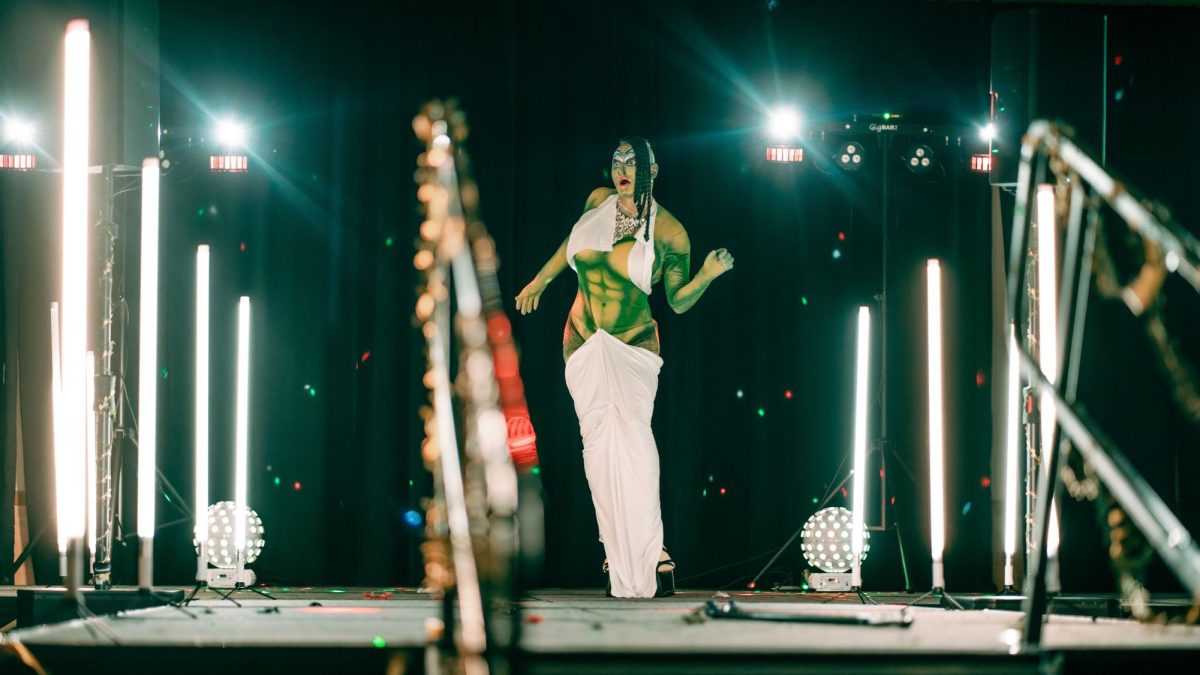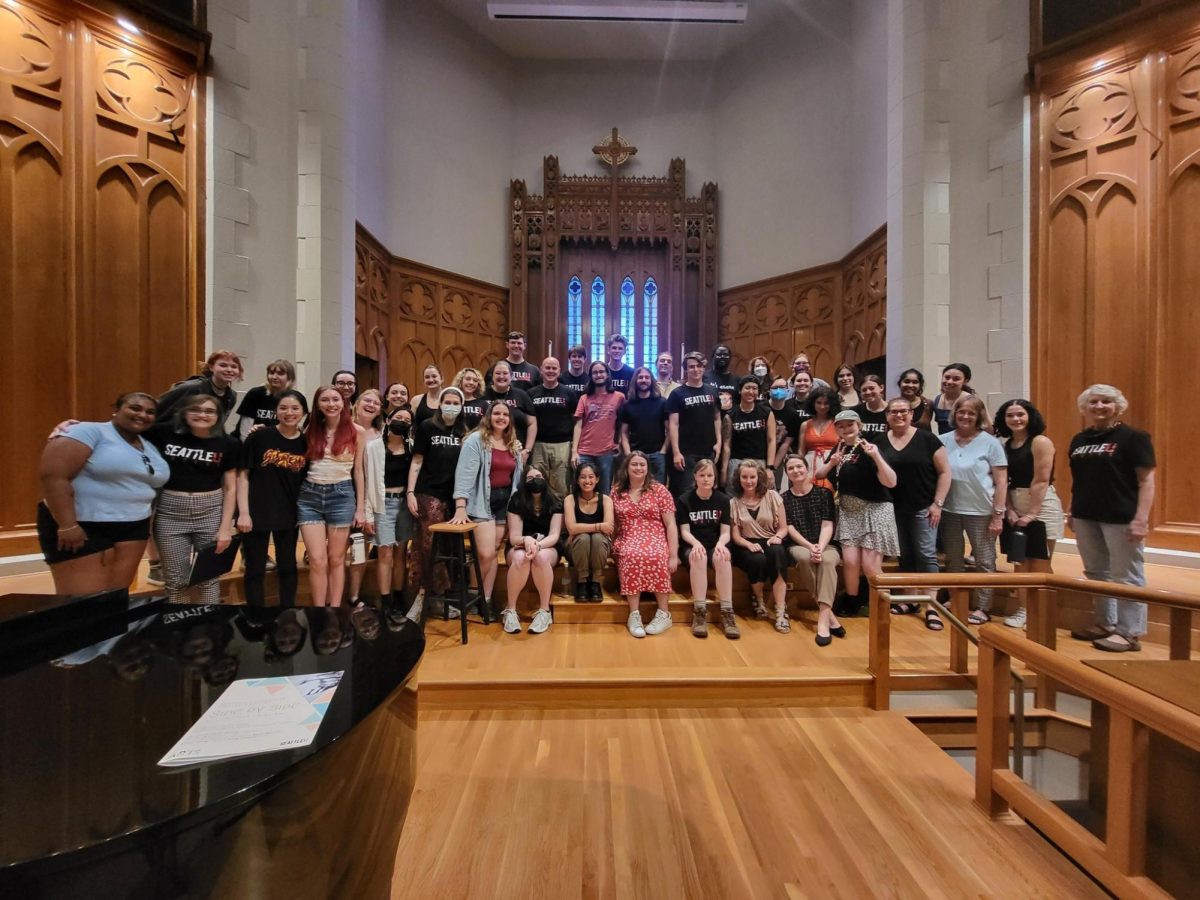The ways that we tell stories are changing along with the technology that those stories are told with. Video games are just one example of the many new formats we use to communicate our stories. Modern video games contribute to the the art to storytelling, given that the escapism video games allow gives players to the ability to experience identities other than their own in an environment void of any repercussions in the physical world.
“Video games work like media, [they] are media and work like other forms of media that lead us into certain situations and teach us ways of thinking about the world,” said Chris Paul, Chair of the Communications department at Seattle University.
Thus, video games have the power to influence the ways that people perceive the real world and the stories told are integral to the form this power takes. But some think that the stories video games tell have become increasingly stale. Many new titles are either sequels of older big name titles, or fit the standard successful mold developers have established.
“The video game culture is primarily white male and wealthy, and as video games have required more and more money to make, they become increasingly less risk prompt,” Paul said.
Anita Sarkeesian, host of the YouTube channel Feminist Frequency, analyzes video games through a unique lens. She recently gave a lecture to a full auditorium on in Bellevue.
“In my feminist vision, I want to see fewer narratives glorifying traits not reserved for any gender. All of us are equally capable of expressing the entire spectrum of character traits,” Sarkeesian said at the Meydenbauer Center in Bellevue.
In her lecture, titled “I’ll make a man out of you: Redefining strong female characters” Sarkeesian deconstructs the “Strong Female Character” and argues for a better approach regarding how women are portrayed in media. She pushes for the creation of more games that break out of the oppressive interpretations of gender present in video games and supports her own brand of feminist values to promote a more just society.
Sarkeesian attempts to make stories told through video games more inclusive by analyzing and calling out the sexist stereotypes present in video games. Because of her views on several subjects and the fact that she is a public figure Sarkeesian has—like many in the public forum—become the subject of online harassment. She has received rape and death threats and has experienced the leaking of her private information.
In her lecture, Sarkeesian describes the tropes that she thinks game developers frequently use when designing games. Such tropes include the damsel in distress, the hypersexualization of characters and lack of character development in female characters.
According to Sarkeesian, male characters that express female values and traits tell a great story. Traits that are described as typically male like dominance, strength and resourcefulness paired with so-called feminine traits like empathy, love and intuition would give video game stories a fresh look.
She also describes how traits valued currently in the media like compassion, stoicism, violence and affection are represented in characters and how gendered the representation is. According to Sarkeesian, this binary representation of the world can damage society.
One of the major points Sarkeesian highlights is the power that major developers hold in the gaming industry. She argues that developers making games known as AAA titles, such as “Call of Duty,” are perpetuating the problem of homogeneity by continuing to make games with one dimensional male and female characters. Due to the size and cost of developing AAA titles, companies are less likely to take risks when designing a new game. Risks like having a hero that reflects a wide range of traits and is relatable to more diverse audiences are left behind when there is so much money involved in creating an AAA title, because companies can’t afford to take a financial hit when releasing a new game.
Despite the recent trend of “digitizing” popular actors and actresses into video games, AAA titles have still seen a large decrease in revenue. The “Call of Duty” franchise alone has gone from over 50 million in 2011, to only 4.5 million units sold in 2015.
Along with the massive size of the development teams, Sarkeesian also attributes a lack of diversity in the teams themselves for creation of problems within the gaming industry.
“The people designing the product see themselves as representing the entire audience,” said junior Computer Science major, Sam Harris. Representing a target audience and playing to a demographic is how modern media sells, and video games are no exception. Unfortunately, since the late 1980s video games have been primarily marketed to the male demographic, something that has seen massive change in recent years.
A recent study by the Entertainment Software Association shows that more adult women play electronic games than the chosen demographic of teenage boys do. Yet, developers continue to stick to the old model for big cash grabs.
Despite all this, there is hope for the future of video games. With the ability to develop games on a smaller budget and with smaller teams, companies are beginning to have the breathing room to take risks with their characters in their games without the fear of a major loss of money.
“I think what’s going to happen in the industry as more people are playing more games, more different games are going to be made,” Paul said.
While the threats have stopped due to Sarkeesian disabling comments on her videos, Sarkeesian’s YouTube channel Feminist Frequency continues to publish content reflecting their views on video games.
When asked on Thursday what kept her motivated through all of the negative reception Anita responded, “It never occurred to me to stop, if you’re not fighting for social justice, what are you doing?”
Jarrod may be reached at [email protected]










